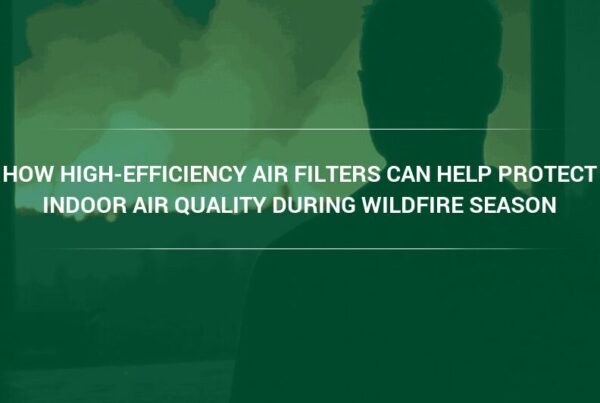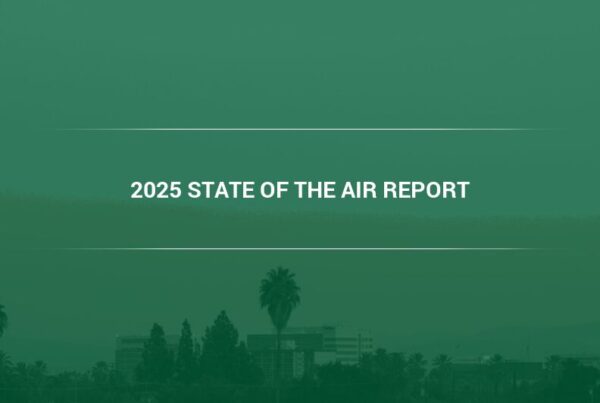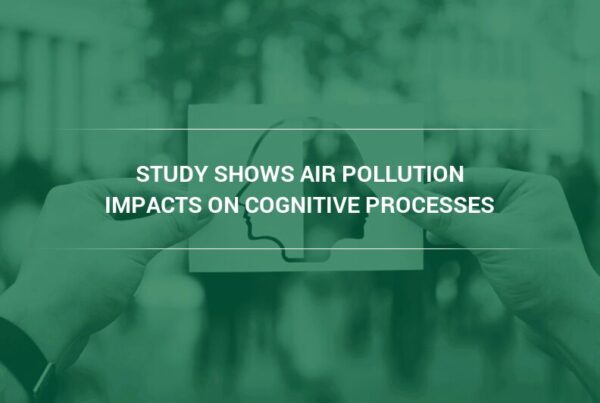A recent study published in the journal Environmental Health Perspectives in January 2024 highlighted a link between prenatal pollution exposure and respiratory distress in newborns. In this article, air quality specialists from Camfil explain the findings of this study and discuss practical solutions for decreasing prenatal air pollution exposure.
Understanding the Impact of Prenatal Pollution
Respiratory Distress in Newborns
Respiratory distress in newborns is a condition characterized by difficulty in breathing and inadequate oxygenation soon after birth. This ailment can manifest through a variety of symptoms including rapid and shallow breathing, grunting, flaring of the nostrils, and a bluish tint around the lips and fingertips called cyanosis. Causes of respiratory distress can be varied but often include prematurity, congenital lung problems, or infections and often require clinical interventions such as oxygen therapy, assisted ventilation, and systemic antibiotics. Respiratory distress is the leading cause of infant illness (which can lead to long-term respiratory complications) and death globally.
In the context of the recent study, the role of prenatal pollution exposure as a potential factor in respiratory distress highlights an urgent need to address environmental air quality to protect the health of both mothers and their developing infants.
The Role of Prenatal Air Pollution in Neonatal Respiratory Distress
Researchers used data from the Maternal–Infant Research on Environmental Chemicals (MIREC) Study, a prospective pregnancy cohort comprising 2,001 participants recruited in the first trimester from ten Canadian cities. The study approximated exposure to PM2.5 and NO2 using satellite-derived models and ground-level monitor data based on the residential location at birth.
The study noted median PM2.5 and NO2 concentrations during pregnancy were 8.81 μg/m3 and 18.02 ppb, respectively. It is worth noting that concentrations of these pollutants, according to the EPA, are 9.0 μg/m3 of PM2.5 and 53ppb of NO2.
Seven percent of newborns experienced respiratory distress, with varying degrees of clinical interventions:
- Oxygen therapy: 6%
- Assisted ventilation: 2%
- Systemic antibiotics: 3%
- Multiple interventions: 2%
- NICU admissions: 4%
Prenatal exposure to PM2.5 showed a significant association with assisted ventilation, multiple clinical interventions, and systemic antibiotics. NO2 exposure was linked to the administration of systemic antibiotics.
Implications for Expecting Parents and Healthcare Providers
As expectant parents, health-conscious individuals, environmental advocates, and healthcare providers, understanding the implications of this study is crucial. Prenatal health and air quality are vital components of a healthy pregnancy, and this study underscores the importance of mitigating environmental risks for both mothers and their babies.
Guiding Prenatal Care and Environmental Awareness
For expecting parents and healthcare providers, these findings underscore the importance of environmental awareness during pregnancy. Prenatal care should include discussions about air quality and strategies to mitigate exposure to harmful pollutants, particularly for expectant parents with other risk factors to consider.
Practical Steps to Mitigate Exposure
By taking proactive steps to safeguard against harmful pollutants, expectant mothers and healthcare providers can work together to promote healthy pregnancies and reduce the risk of respiratory complications for newborns. Additionally, advocating for clean air policies at a local and national level can play a significant role in improving overall public health.
- Monitor air quality: Use apps and websites to track daily air quality in your area. Avoid outdoor activities on days with high pollution levels, particularly high-intensity exercise.
- Ensure proper ventilation: Adequate ventilation in the home is crucial to maintaining air quality. Good ventilation involves the circulation of fresh air and the removal of stale or polluted indoor air. This can be achieved by regularly opening windows and using exhaust fans, particularly in areas such as kitchens and bathrooms where contaminants can accumulate.
- Use air filters and air purifiers: High-efficiency air filters that are matched to the parameters of the home’s HVAC system can help to filter out pollutants, allergens, and other harmful particles from the indoor environment.
- Maintain HVAC systems: Regularly servicing and cleaning the HVAC system prevents the buildup of dust, mold, and other pollutants. Installing high-efficiency air filters helps keep the ductwork, supply and return air diffuser grilles clean. Following the equipment and filter manufacturer’s maintenance recommendations helps ensure the air circulating through your home remains clean and minimizes the risk of respiratory issues.
About Camfil Clean Air Solutions
For more than half a century, Camfil has been helping people breathe cleaner air. As a leading manufacturer of premium clean air solutions, we provide commercial and industrial systems for air filtration and air pollution control that improve worker and equipment productivity, minimize energy use, and benefit human health and the environment. We firmly believe that the best solutions for our customers are the best solutions for our planet, too. That’s why every step of the way – from design to delivery and across the product life cycle – we consider the impact of what we do on people and the world around us. Through a fresh approach to problem-solving, innovative design, precise process control, and a strong customer focus we aim to conserve more, use less, and find better ways – so we can all breathe easier.
The Camfil Group is headquartered in Stockholm, Sweden, and has 30 manufacturing sites, six R&D centers, local sales offices in 35+ countries, and about 5,600 employees and growing. We proudly serve and support customers in a wide variety of industries and communities across the world. To discover how Camfil USA can help you to protect people, processes, and the environment, visit us at www.camfil.us/
##
Media Contact:
Lynne Laake
Camfil USA Air Filters
T: 888.599.6620
E: Lynne.Laake@camfil.com
F: Friend Camfil USA on Facebook
T: Follow Camfil USA on Twitter
Y: Watch Camfil Videos on YouTube
L: Follow our LinkedIn Page
Source:



